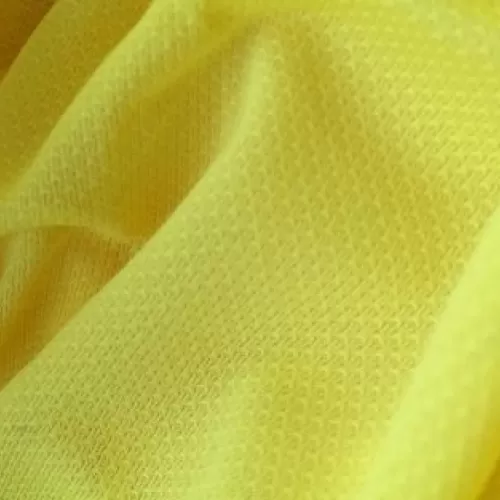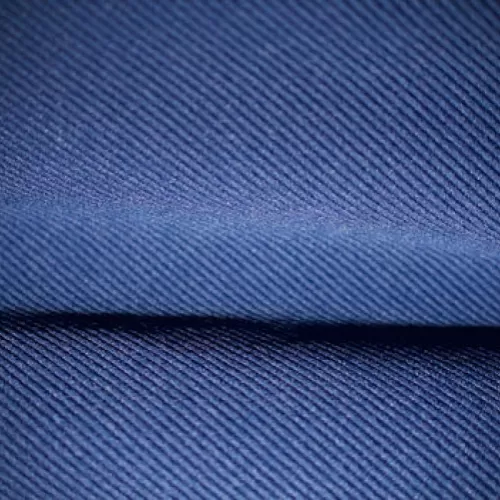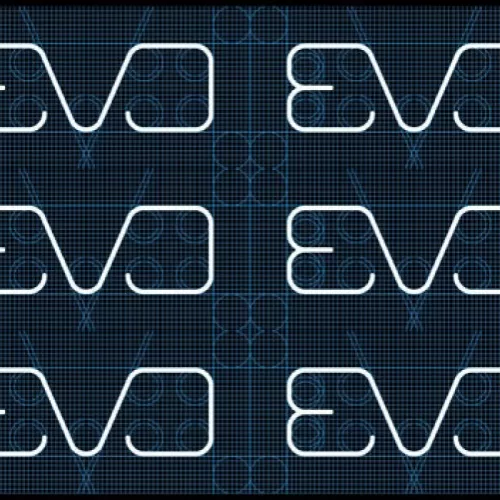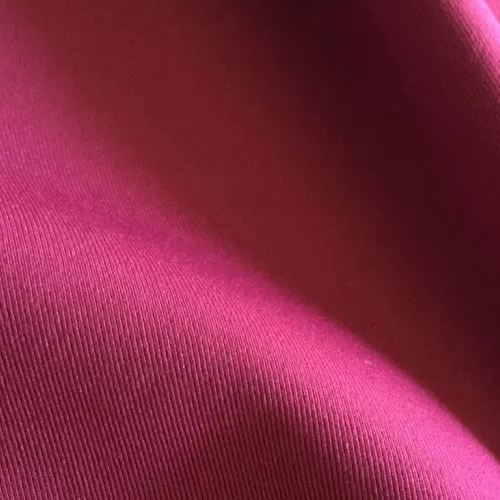22 Feb 2023
THE DIFFERENT TECHNIQUES FOR MAKING CLOTHING
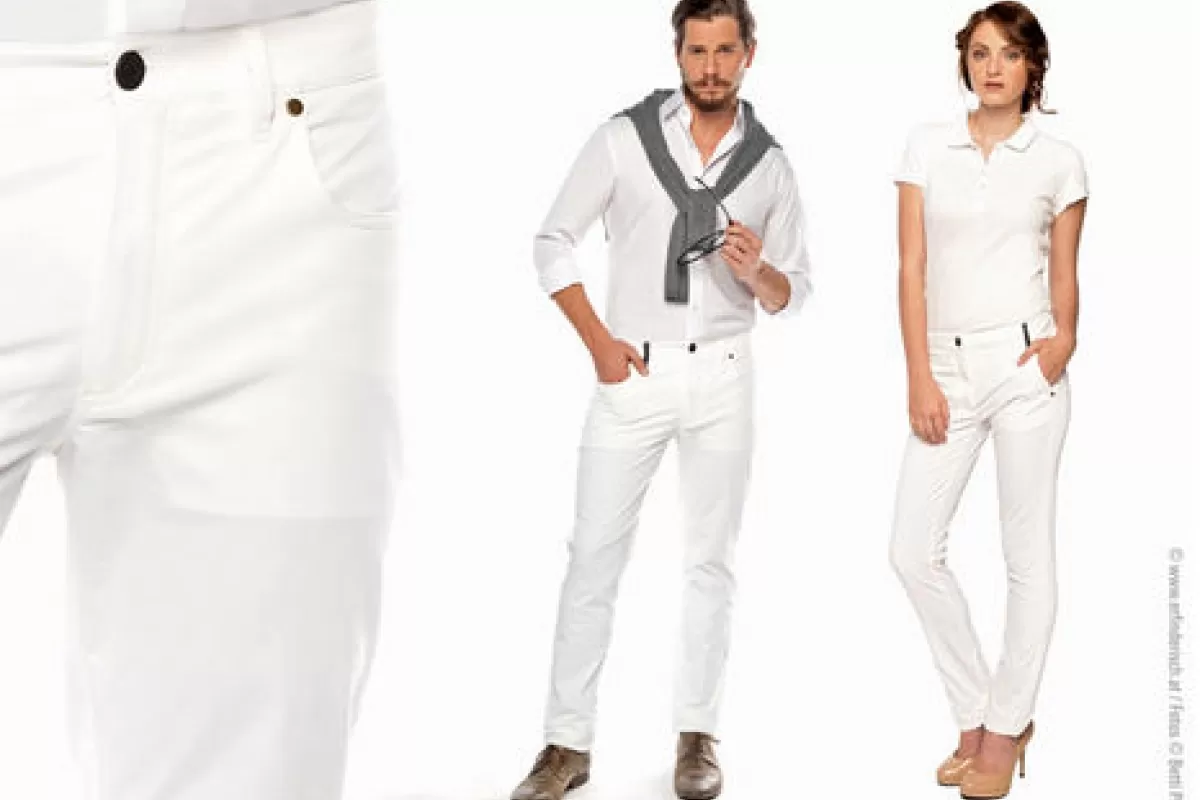

CUT & SEW
DESCRIPTION
The cut&sew technique is the simplest method to construct a garment. The shapes are obtained from a single panel and are subsequently cut according to the measurements of the templates. The pieces can be created starting from canvases obtained by rectilinear or circular knitting machines.
HOW DOES IT WORK
To create the garment, the pieces are joined by knitting.
ADVANTAGES
- Speed and ease of mesh fabric creation.
- Ease of assembly and subsequent creation of the garment.
- Possible to assemble totally different parts created with different processes.
DISADVANTAGES
- The cut piece must be sewn to block the unthreading of the shirt.
- Seams are produced which can be quite noticeable.
- The waste of materials during cutting processes can even approach 25%.
- The perceived quality of garments made with this method can be low.
FULLY FASHIONED
DESCRIPTION
Fully knitted garment.
HOW DOES IT WORK
The garment is shaped by the machine which works in some specific cpoints than in others. The garment produced by the machine is made by creating a ladder-proof chain that closes the different parts so that the stitches cannot slip off.
ADVANTAGES
- There is no waste due to cutting the fabrics.
- The production of the garment is precise.
- The process is programmable, therefore replicable avoiding defects.
Processes are reduced compared to Cut&Sew.
DISADVANTAGES
- Program the machine and the stitches knitting so as not to result in defects.
COMPLETE GARMENTS
DESCRIPTION
With this technique, fully formed garments are produced by the machine without the need for subsequent seams.
HOW DOES IT WORK
Compared to the fully fashioned manufacturing which works in 2D, it adds the possibility of creating a complete "3-dimensional" garment. Unlike fully fashioned, where the shaped pieces still need to be sewn together, flat knitwear has no seams. Hundreds of needles move to build and connect different knitted tubular shapes to create a complete dress in one production step.
ADVANTAGES
- A further reduction of materials even compared to fully fashioned since seam allowances are eliminated.
- Garment made and finished by machine, there is no after-operation.
- There are no seams: both an aesthetic and a functional advantage.
- Precise and repeatable production, correct shape and size, the pieces are always the same.
- Post process reduction: no cutting, hemming or other applications.
DISADVANTAGES
- Program the machine and the knitting so as not to result in defects.

